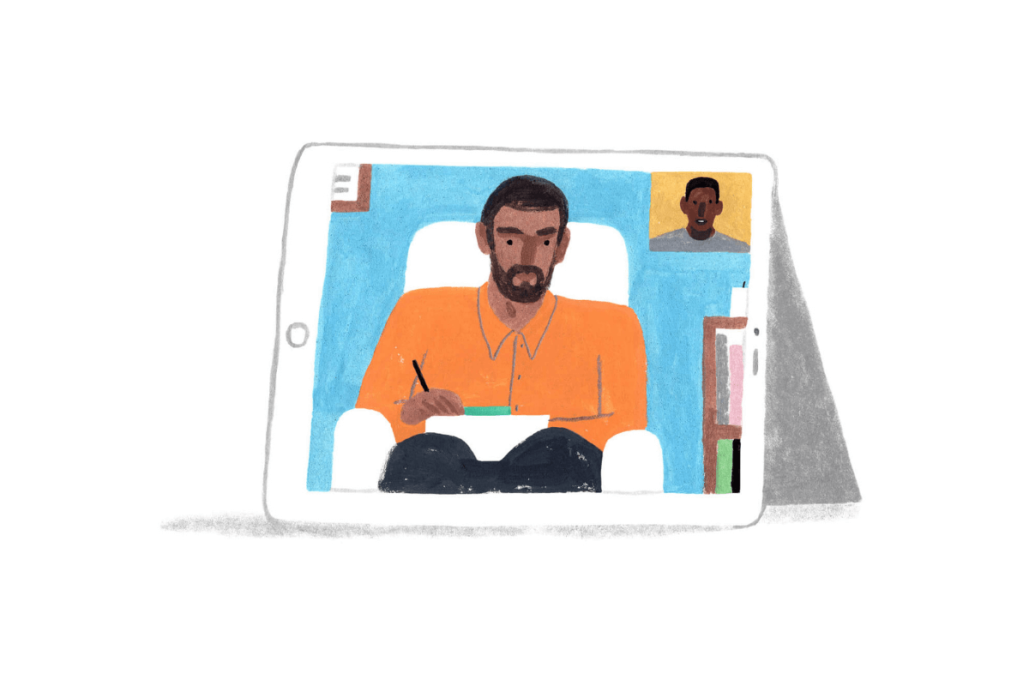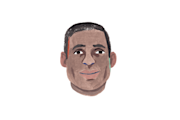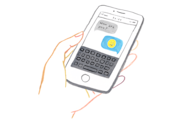Hey, remember when we thought this pandemic would be a couple months? Well, here we are a year+ into the COVID-19. On top of that, mother nature continues to show us that the earth is not indestructible, and social issues and politics in our country are all-consuming, vacuuming up whatever mental fortitude and resilience you’ve got left.
Let’s put it this way, if you’re not already talking to a therapist, it might be time to start.
But—wait—what therapist? Most offices and clinics are still empty. Sitting directly across from someone in a small, intimate room these days sounds about as safe as licking a subway pole. Fortunately, you can get the support you need, without the fear of COVID-19.
What is virtual therapy?
Virtual therapy is therapy without the office. These appointments, also called “telehealth” or “teletherapy” appointments are remote sessions that take place over the phone, and, increasingly, via video chatting systems. So while in the past you may have called your therapist when you didn’t want to miss a session while out of town, now you might video chat with them either on your computer or smartphone.
Even just a few years ago, this would have seemed too futuristic or even impractical to exist, in our now mostly remote lives, it fits right in. Think about it: You have your weekly meeting with your boss from your kitchen table, why should talking with a therapist be different?
But it does feel different. When you’re talking to your therapist over the phone, you can’t look at their face, which for many makes the experience of conversation break down. And over a video call, you may find yourself distracted by your own face in the corner of the screen. It’s weird.
But it does feel different.
Listen: That feeling only lasts about 15 minutes. You’d be amazed at how easy it is to open up as if you were on the couch in their office once you get past that one awkward speed bump. It’s not exactly the same, of course, you’ll still be physically alone and talking to a machine. But once you get past the science fiction of it, it’s not really a big deal. And because of the flexibility it offers—think taking an appointment in your car while in line for a COVID test—it may be a helpful option in the future, when widespread social distancing is over—think talking with your therapist in the parking lot before picking your kid up from school. For some, telehealth may make therapy even more accessible by eroding stigma.

Does online therapy really work?
And online therapy works! Science has shown that this kind of “virtual” therapy is as effective as the standard in-office sessions. One clinical review of the research available about teletherapy and its efficacy stated that it works for “the treatment and management of various psychiatric disorders such as depression, GAD and social anxiety, panic disorders, phobias, addiction and substance use disorders, adjustment disorder, bipolar disorder, and OCD.”
What do I need to get started?
For your telehealth experience to be as fulfilling as possible, you’ll need a computer or smartphone with a camera, a stable internet connection, and privacy. This last one is a big one: it’s important you don’t get so wrapped up in your conversation that you forget you’re in the kitchen and your partner can hear every word you say. Be sure you’re somewhere where you feel comfortable being as vulnerable—or as loud—as you want.
That’s the privacy you can control. When it comes to the privacy you can’t control, e.g. HIPAA regulations, it is your clinician’s job to protect the confidentiality of your conversations. Be sure the telehealth platform you decide to use is HIPAA-compliant and secures a private, encrypted connection and does not allow recording (i.e. no FaceTime).
Be sure you’re somewhere where you feel comfortable being as vulnerable—or as loud—as you want.
3 tips for making telehealth therapy as not-weird as possible
Let’s just get this out of the way: It’s gonna feel a little weird at first. You’ll be looking at a screen, unable to make eye contact. Your cat may try to crash your session. But there are some things you can do to make it more comfortable. Here are some tips for embracing telehealth therapy.
Practice
Inure yourself to the awkwardness of the technological intervention by using a video chat to have a conversation with your best friend. You’ll find that once you start talking about something you’re passionate about, even if it’s how the Mets are doing, you barely notice that your friend is on a monitor. The key here is to have a long enough conversation that you move past the initial feeling of clumsiness (that is, don’t just talk about how weird video chatting is).
2. Wear headphones
It can be weird hearing your counselor ask you about your week through speakers in your living room. Even if you know that you’re alone, the sense that someone can walk in at any second might make you feel guarded. Popping on a pair of headphones can make you feel much more private, and elevate the one-on-one connection.

3. Don’t look at yourself
Many video conferencing options provide the ability to disable the screen-in-screen that shows your face back to you. Your therapist probably wants to see your face if possible, but that doesn’t mean you have to see your face. That can be distracting and uncomfortable—not what you need during a therapy session.
In 2017, the National Institute of Mental Health (NIMH) determined that 46.6 million Americans were living with mental illness—and that’s three years prior to some of the frightening, transformative events of the last twelve months. The Washington Post shared some updated, post-COVID-19 numbers on mental health reports May 2020 and—needless to say—they’ve jumped.
It’s an anxious time, and whether it's one hour a week or one hour a month, prioritizing time for therapy is something important to do for yourself. As you plan your teletherapy visit, treat it with the same routine you would as if you were attending in person. Put it on your calendar, think about a place where your internet connection is strong, there’s enough privacy, and it’s a comfortable place to sit with your device. Will there be loud noises, kids coming home from school, or housemates cooking dinner? Planning around these types of things and preparing the space you’ll be using will keep you focused on the work.
It’s an anxious time, and whether it's one hour a week or one hour a month, prioritizing time for therapy is something important to do for yourself.
Technology isn’t perfect, so go into it expecting a few screen freezes or delays periodically, and like you’ve been doing for a year now, try to roll with the punches asbest you can. It probably helps to know the provider on the other side of the screen is adapting to this “new normal” as well.
Novotney, A. (2017). A growing wave of online therapy. American Psychological Association (APA). Retrieved from https://www.apa.org/monitor/2017/02/online-therapy
Kumar, V., Sattar, Y., Bseiso, A., Khan, S., & Rutkofsky, I. H. (2017). The effectiveness of internet-based cognitive-behavioral therapy in treatment of psychiatric disorders. Cureus. Retrieved from https://doi.org/10.7759/cureus.1626
SimplePractice. (2020). Top 20 essential telehealth tips for your virtual practice. Retrieved from https://www.simplepractice.com/blog/telehealth-tips-virtual-practice/






